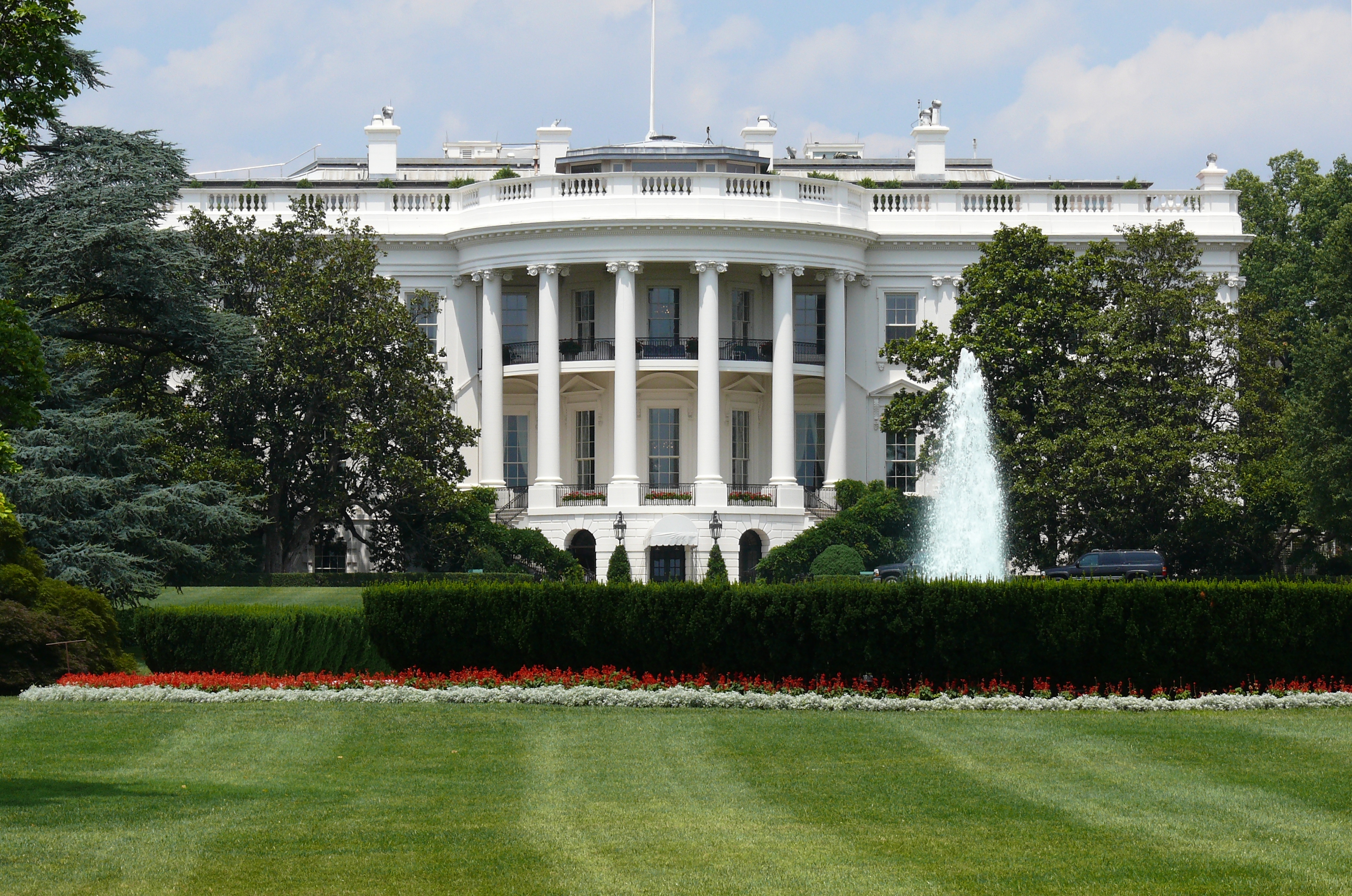On 23 December 2024, the Biden Presidential administration made a critical decision that will shape the future of the U.S. federal death penalty. Of the 40 prisoners on federal death row, President Joseph R. Biden, Jr. chose to commute the sentences of 37 to sentences of life without parole, but did not commute the sentences of three remaining prisoners who had been convicted of terrorism and hate-motivated mass murder. In making this distinction of ‘the worst of the worst’ offenders, Biden sent the message that it is acceptable to execute some prisoners and not others, contradicting his original campaign promise to eliminate the federal death penalty altogether.
In an official statement, the White House framed the historic clemency decision as a safeguard against future administrations carrying out executions inconsistent with “current policy and practice.” The statement emphasised that the commutations aimed to prevent the execution of individuals who would not have received death sentences under today’s guidelines.
While in office, President Biden imposed a de facto moratorium on federal executions and his Attorney General, Merrick Garland, ordered a review of execution policies and procedures. In authorizing the review, Garland cited concerns about the arbitrary and racially discriminatory application of the death penalty, as well as the exoneration of numerous wrongfully convicted individuals—issues he had previously raised during his confirmation hearing before the Senate, where he received bipartisan support.
The review suspended a July 2019 addendum issued by the first Trump administration, which directed the Bureau of Prisons to use pentobarbital sodium (‘pentobarbital’) for federal executions. It also called for an assessment of November 2020 amendments to federal execution regulations, which expanded the permissible methods of execution beyond lethal injection to include “any other manner prescribed by the law of the State in which the sentence was imposed.”
However, the review did not prevent federal prosecutors, including Garland, from pursuing death sentences. Notably, under the Biden administration, the Department of Justice (DOJ) sought and succeeded in having the Supreme Court reinstate the original death sentence for Boston Marathon bomber Dzhokhar Tsarnaev, and initiated the capital prosecution of a white supremacist who killed 10 Black people at a supermarket in New York. These decisions highlight that the administration’s commitment to abolishing the death penalty was not absolute, even before its recent clemency decision. It also signals that the Biden administration considered certain defendants, such as Tsarnaev, more deserving of capital punishment than others. However, this stance contrasts with evidence suggesting that capital punishment does not necessarily serve justice, as it often harms victims’ families and the inmate’s family as much as the inmate, particularly following an execution.

To be sure, the Biden administration’s clemency decision significantly reduced the federal death row population—resulting in the release of prisoners like Billie Allen, who maintains his innocence and claims that there was racial discrimination in his case. However, some death penalty experts, like Professor Michael Meltsner, have argued that the clemency decision highlights the inherent arbitrariness of the system, and ultimately, fails to address the immorality of capital punishment. In Meltsner’s view, the decision “endorse[s] a system of selection that in the hands of others has sent, and will continue to send, some to execution and some to life imprisonment when the history of such a system is rife with capricious and arbitrary selection.”
In short, the clemency decision complicates the efforts of abolitionists to completely eliminate capital punishment, especially given President Donald Trump’s promise to direct the DOJ to “vigorously pursue the death penalty.” By reserving the death penalty for terrorists and mass murderers, the Biden DOJ made the federal death penalty more resilient, insulating it from scrutiny just as capital treason laws have been worldwide. Criminologists have suggested that retaining the death penalty in this manner embeds the idea that the state may kill its citizens in the culture, legitimises the state’s general power to execute, and subjects it to a logic of regulation (which allows exceptions) rather than to a strict prohibition. As Janai Nelson, President and Director-Counsel of the Legal Defense Fund, argues such “selective enforcement of the death penalty will never provide justice.”
The danger of a more selective federal death penalty, however, may be partly obscured by a second Trump administration that is poised to pursue prosecutorial practices that may re-populate death row on both the federal and state levels. On 20 January 2025, President Trump issued an executive order lifting the federal moratorium on executions, reaffirming his commitment to aggressively pursuing the death penalty. He directed the Attorney General to seek capital punishment in every eligible case, with a particular focus on crimes involving the murder of law enforcement officers and capital offences committed by individuals unlawfully present in the country. Furthermore, he instructed the Attorney General to work closely with state attorneys general and district attorneys to bring state capital charges for such crimes, regardless of whether federal trials produce death sentences. In justifying these actions, President Trump emphasized the death penalty’s role in deterring crime and punishing offenders, citing the need to counteract “politicians and judges who subvert the law by obstructing and preventing the execution of capital sentences.”
Under his first administration, President Trump called for expansion of the use of the death penalty and his return to office is likely to exacerbate the divide between states that favour abolition and those, like Texas or Florida, that continue to carry out executions. Trump’s nominee for Attorney General, Pam Bondi, has also voiced an interest in reforming the clemency process that Biden used to issue commutations, condemning the sentencing reductions as “abhorrent” and raising concerns about the specifics of many of the cases involved.
Meanwhile, the death penalty remains unlikely to be the subject of legislative action in Congress. While Biden has called for its abolition and Trump is making renewed calls for its expansion, the issue’s declining salience since the 1990s era of ‘tough-on-crime’ politics has made both abolition and expansion political non-starters. Achieving either goal would require a concerted effort, yet neither has received widespread support during either of the previous presidential administrations.
The nationwide abolition of the death penalty, then, is going to require transforming both the legal framework and the cultural attitudes that sustain it across America. Achieving this goal is likely going to be a long-term endeavour, demanding persistence and collaboration across the political spectrum, particularly from lawmakers representing states where the death penalty is still actively used. As constitutional scholar Professor Eric Freedman recently noted, such a campaign is likely to strengthen the abolitionist cause by raising awareness, generating momentum, and reshaping public discourse, even if it does not initially succeed. Ultimately, the future of the death penalty in America will depend on the nation’s willingness to confront its moral, legal, and cultural implications—especially its consequences as a symbolic law meant for ‘the worst of the worst’—as well as the enduring tension between those advocating for its abolition and those committed to its preservation.
 |
Aimee Clesi is a DPhil candidate in the Centre for Criminology, University of Oxford, focusing on judicial and legislative paths to abolishing the death penalty in the United States. Her research explores the contingent nature of the death penalty, its entrenchment and interpretation under the Eighth Amendment, and its localisation to the American South, where she plans to practice law. She has worked throughout the judiciary in Florida, including at the state Supreme Court and federal trial court, and recently completed a visiting fellowship at Northeastern Law School’s Civil Rights and Restorative Justice Project. |
Share:
